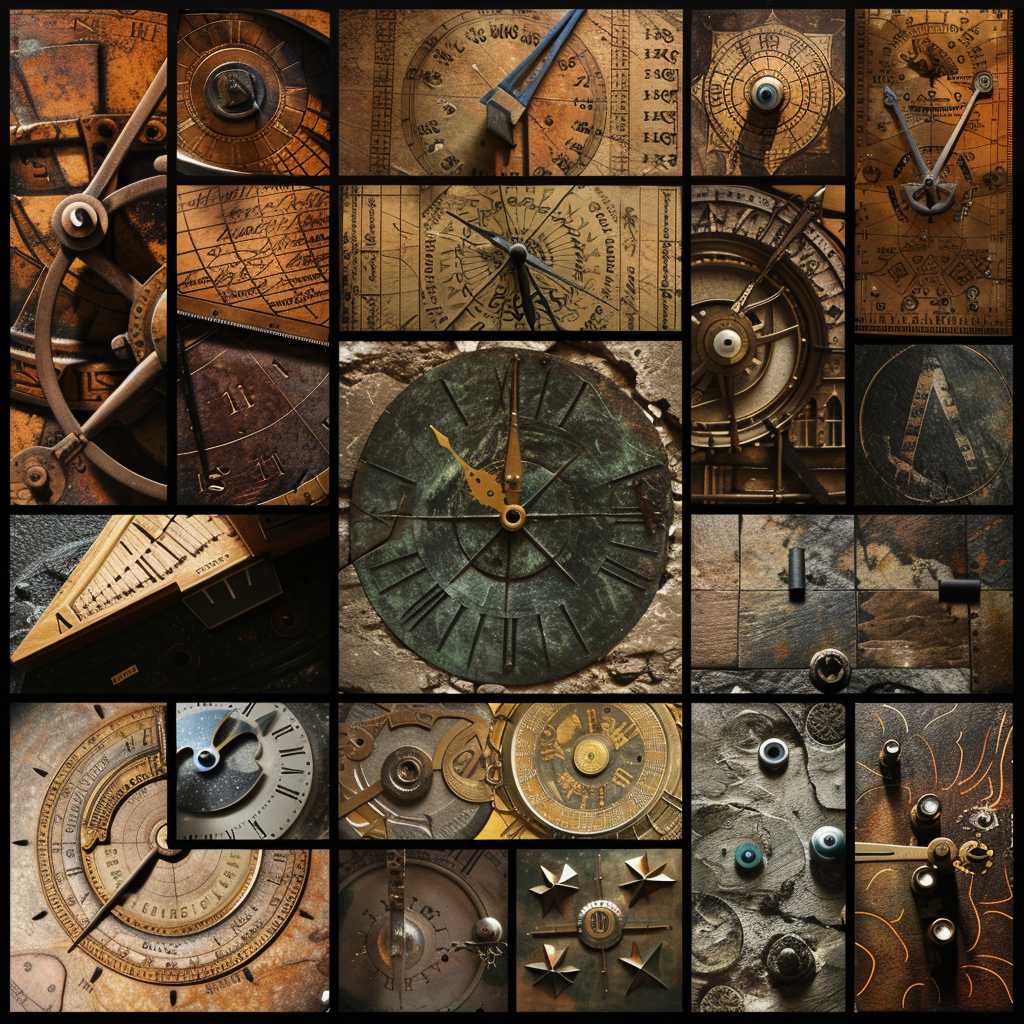Understanding Time: A Comprehensive Guide to Our Constant Companion
Time is a fundamental aspect of our existence, influencing nearly every facet of our lives. From ancient sundials to modern atomic clocks, our methods to measure and track time have evolved, but the importance of time remains unchanged. This comprehensive guide delves into what we mean when we ask, “What time is it?” exploring its scientific, historical, and practical dimensions.
The Science of Timekeeping: From Sundials to Atomic Clocks
Time has been measured and tracked for millennia, with different cultures developing various methods for timekeeping. In its essence, timekeeping originates from astronomical events — early civilizations relied on the cyclical patterns of celestial bodies like the Sun, Moon, and stars to mark the progression of time.
One of the oldest instruments for timekeeping is the sundial. By tracking the Sun’s shadow, ancient peoples could approximate the hour of the day. However, sundials are limited; they are ineffective at night and in cloudy weather, and their accuracy varies based on geographical location and seasons.
As societies progressed, so did their techniques for measuring time. Mechanical clocks appeared during the Middle Ages, evolving over generations into highly accurate pendulum clocks by the 17th century. In the 20th century, quartz clocks and watches became widespread, employing the regular vibrations of quartz crystals under an electric field to keep time.
Today, atomic clocks represent the pinnacle of precision in time measurement. They operate based on the characteristic vibrations of atoms (such as cesium or rubidium) when exposed to certain frequencies of radiation. International Time (UTC) is now kept by a network of these clocks around the world.
Time Zones and the Global Standardization of Time
As transportation technologies shrank the world in terms of travel times, societies recognized the need to standardize timekeeping practices. The Greenwich Meridian Conference of 1884 was a landmark event in this respect, establishing Greenwich Mean Time (GMT) as the standard upon which global time zones would be based.
Currently, the world is divided into 24 time zones. Although originally intended to be strictly longitudinal slices of 15 degrees each (making for exactly 24 hour-wide zones around the Earth), political and practical considerations have led to a more complex map of global time zones. This means that answering the question “What time is it?” largely depends on your location relative to these defined zones.
Additionally, within several regions such as North America and Europe, Daylight Saving Time (DST) complicates matters. DST involves adjusting clocks forward by one hour during warmer months in order to provide additional light during evening hours.
How We Use Time Today
In daily life, knowing what time it is seconds as an undercurrent in nearly every decision we make. We schedule our activities based on a commonly accepted understanding of time’s passage — from deciding when to wake up each day, meeting appointments on time, to knowing when TV programs air.
In addition to personal structuring of days and nights, time in social contexts ran as dictating work hours, transport schedules, and international communication. Financial markets rely heavily on a shared perception of time to buy and sell across global exchanges operating in different time zones.
Furthermore, computing systems depend on precise timing for operations and communications. Indeed, much internet technology only functions because computers keep uniformly accurate times with minimal drifting.
Notes
Conclusion: Time’s Ubiquity in Human Life
Our exploration reveals that asking what time it is extends beyond glancing at a clock—it engages us with centuries of human innovation designed to observe and segment a natural phenomenon into useful units. We see how our entire social infrastructure revolves keenly around these increments—from individual routines to the machinations of global industries.
Top practice far reasonable answer when queried about the current hour concerns referencing a personal device connected wirefully or wirelessly to international atomic clock standards or glancing at any analog or digital clock calibrated similarly. With numerous online tools and services designed specifically for pinpointing an accurate telling of time instantly anywhere across various geolocations—the question “What is time?” dictates both easy answers and complex human experiences bound by seconds passing ceaselessly alike neat ritual beads sliding on an endless string right from prehistory through futurity.
*Image Description:*
A collage portraying different instruments used for measuring time throughout history—a sundial casting a long shadow, an intricate mechanical clock with elaborate hands and dials unassembled percentages schematically demonstrate inner workings showing how Medieval Technology indeed measures hours ticking forward while interposing against them up close snapshots exhibit ultra-modern atomic Loki’s bright LEDs displaying sharp numerals arrives at precisely reflect a universal temporal coordinate nation worldwide.*(Point break note therefore inhabitants in international cooperation built this collaborative beacon—an intrepid multitude of tick-tock auguries stalling complications found therein within tours Earth splendid satellite once robe emblazoned both dark and bright warming community thus continuously recounts universal architecture nor yet mere consequence planetary rythm across cycles spinning years hence intertwined).*
